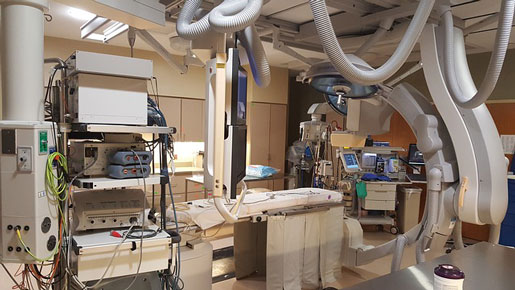More medical device makers are incorporating connectivity into their products, but that doesn’t mean hospitals are using that capability. How can device manufacturers increase their device’s connectivity in the hospital setting?
May 16, 2017

More medical device makers are incorporating connectivity into their products, but that doesn't mean hospitals are using that capability. How can device manufacturers increase their device's connectivity in the hospital setting?
By now, medical devices with Internet of Things (IoT) connectivity are almost a cliché. Still, that doesn't mean the devices' connected capabilities are being widely used.
During a panel at the BIOMEDevice Boston conference in early May, a panel of experts discussed "Considerations for Your Next Healthcare IoT Device." Rob Black, senior director of product management at PTC and head of the ThingWorx Foundation product portfolio, explained that many device manufacturers only have a small proportion, as little as 20-30%, of their IoT medical devices connected in the hospital.
That's because hospital network administrators already have myriad privacy and security worries--no surprise, given the recent cyberattacks on healthcare organization. Concerns for connected medical devices in the hospital environment include what networks can be used, whether a device should also have cellular connectivity, and firewall protections.
"The hospital doesn't necessarily want someone else's equipment plugged in and data [being] sent outside of the hospital," Black said. "It's a big negotiation."
So what's a medical device manufacturer to do? Black offered a couple scenarios that might lead a hospital to connect a medical device.
The underlying message? Offer value to the hospital. Give them something that will save them time, increase productivity, or solve problems.
This could include a utilization report or an analysis of what is causing problems in the workflow. Or, Black explained, a connected industrial dishwasher that allows a technician to perform other tasks during a wash cycle without needing to monitor the machine. That increases that worker's productivity.
"So, if you can create value for your customers in a way that's meaningful, giving him more data giving them different use cases, they're going to want to connect it," Black said. "But if you're just hoarding the data yourself, [there's] probably less of a reason to do that."
[Image courtesy of HOMEBASEMARKETING/PIXABAY]
About the Author(s)
You May Also Like
